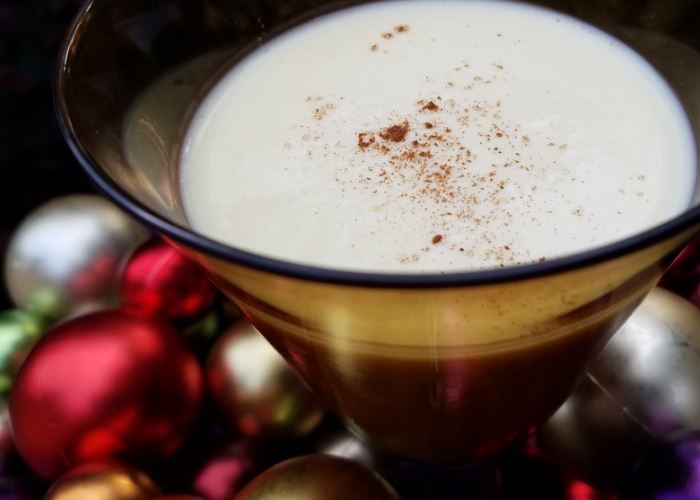Old Fashioned Pound Cake: History, Variations, and Modern Twists
Old-fashioned pound cake traces its roots to Europe, specifically England, in the early 18th century. Traditional pound cake ingredients were simple and easy to remember: one pound each of flour, sugar, butter, and eggs. These equal parts were convenient and ensured a dense, rich texture. The recipe’s simplicity made it popular among home bakers.
Evolution of the Recipe Over Time
Over centuries, the pound cake recipe evolved. Bakers began adding ingredients to enhance flavor and texture. Vanilla extract, lemon zest, or nutmeg were often incorporated. Leavening agents like baking powder or baking soda were introduced to produce a lighter cake. Regional variations emerged, with some recipes using sour cream or buttermilk for moisture. These changes modernized the classic pound cake while preserving its beloved characteristics.
Key Characteristics of Old Fashioned Pound Cake
Simple Ingredients for a Rich Taste
Old-fashioned pound cake relies on a few basic ingredients. Flour, sugar, butter, and eggs form the core of the recipe. High-quality ingredients result in a richer, more flavorful cake. Use real butter for a decadent taste and stick to granulated sugar for optimal sweetness.
Texture and Flavor Profile
The texture of an old-fashioned pound cake is dense yet tender. Proper creaming of butter and sugar creates a light, airy batter that results in a fine crumb. The flavor is buttery with subtle notes from the eggs. Optional additions like vanilla extract or lemon zest can enhance the overall flavor without overpowering the classic taste.
Baking Techniques for Perfect Pound Cake
Importance of Ingredient Measurements
Exact ingredient measurements are crucial for achieving the perfect pound cake. Use a kitchen scale to measure flour and sugar precisely. Over-measuring flour can make the cake dense and dry, so avoid it by spooning flour into your measuring cup and leveling off the excess. Stick to the specified amounts of butter and eggs, as they affect the cake’s richness and structure. Always measure liquids like vanilla extract and buttermilk with a liquid measuring cup to ensure accuracy.
Tips for Mixing and Baking
Proper mixing and baking techniques ensure a uniformly textured pound cake. Cream butter and sugar on medium speed until light and fluffy, about 5-7 minutes, for fine-crumb texture. Add eggs one at a time, mixing well after each addition to avoid curdling. Sift dry ingredients together to ensure even distribution and fold them into the batter gently to maintain airiness. Preheat your oven to 325°F (165°C) and bake the cake in the center rack for even heat distribution. Use a toothpick to check for doneness; if it comes out clean, the cake is done. Allow the cake to cool in the pan for 10 minutes before transferring it to a wire rack to finish cooling.
Variations of Old Fashioned Pound Cake
Regional Twists on the Classic Recipe
Regional variations of old-fashioned pound cake bring unique flavors and textures. In the Southern United States, bakers often add sour cream for moisture and tanginess, resulting in a rich, dense cake. Louisiana’s Creole cuisine features a rum-soaked pound cake called “Gateau de Sirop”, flavored with cane syrup. In the Midwest, you might find pound cake with buttermilk, which adds a slight tang and tender crumb. New England bakers sometimes include nutmeg or mace, offering a warm, spicy profile.
Modern Adaptations and Flavors
Modern adaptations of old-fashioned pound cake introduce new ingredients and techniques. Adding chocolate creates a rich, decadent cake suitable for special occasions. Matcha pound cake incorporates green tea powder, lending a vibrant color and unique earthy flavor. Gluten-free variations use almond or coconut flour, catering to dietary restrictions. Incorporating citrus zest, like lemon or orange, into the batter brightens the cake with refreshing flavors. Contemporary recipes might also experiment with toppings, such as fruit glazes or cream cheese frosting, adding both visual appeal and flavor complexity.
Conclusion
Old-fashioned pound cake remains a timeless classic that continues to evolve with modern tastes. Whether you stick to the traditional recipe or experiment with new flavors and ingredients, the essence of pound cake lies in its simplicity and rich, buttery flavor. By focusing on high-quality ingredients and precise baking techniques, you can create a pound cake that’s both dense and tender, offering a delightful treat for any occasion. So, gather your ingredients and enjoy the process of baking this beloved dessert, knowing that each slice carries a piece of history and a touch of your personal flair.





